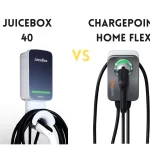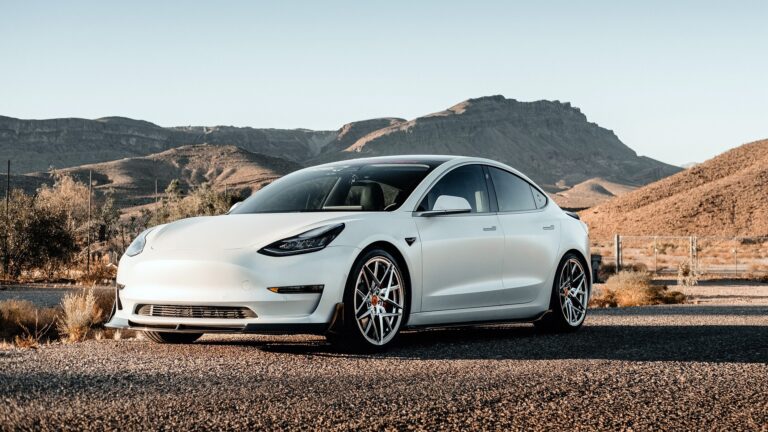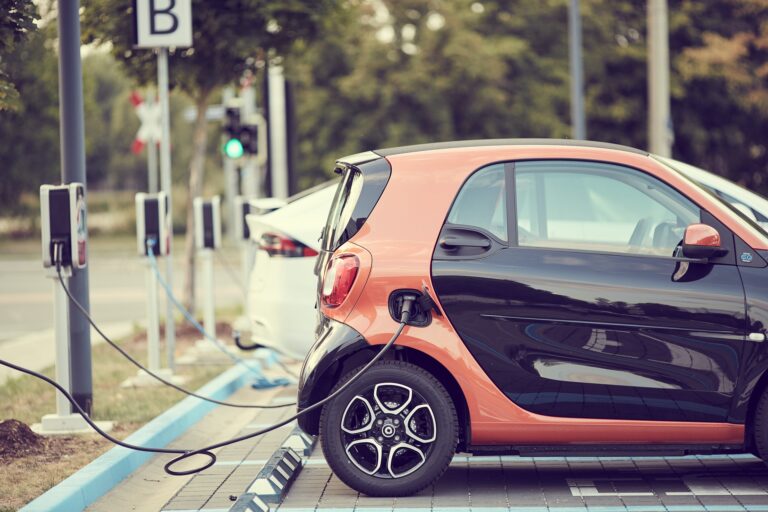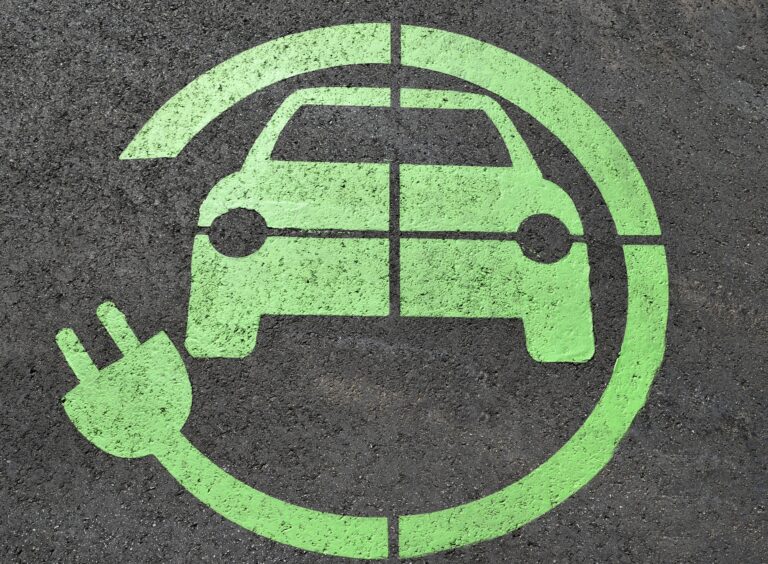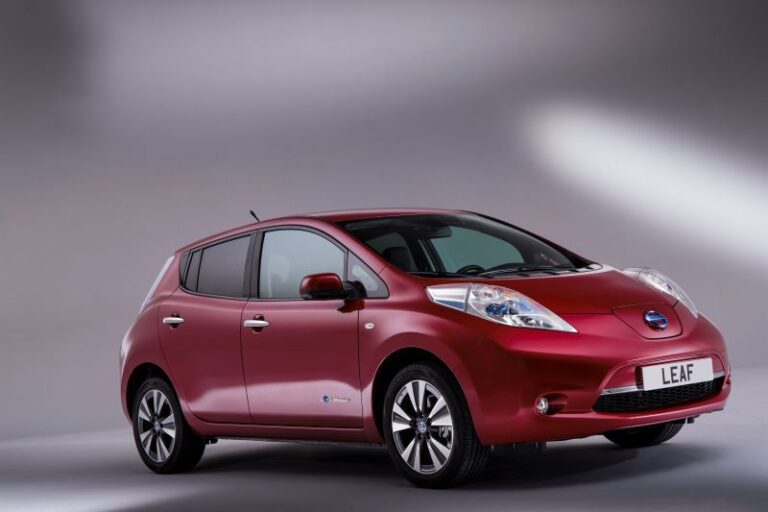Considering purchasing a car that is environmentally friendly? You might want to explore the different types of zero-emission cars.These cars run on electric power or hydrogen fuel cells, emitting no harmful pollutants that can damage the environment or contribute to climate change.
What Does Zero Emissions Mean on a Car?
Zero emissions on a car mean that the car produces no harmful pollutants that can damage the environment or contribute to climate change. This is achieved through the use of electric power or hydrogen fuel cells, instead of a traditional internal combustion engine that relies on gasoline or diesel fuel.
What are the types of zero emission vehicles?
Zero emissions cars run on electric power or hydrogen fuel cells, emitting no harmful pollutants that can damage the environment or contribute to climate change. There are two main types of zero-emission cars: battery electric vehicles (BEVs) and hydrogen fuel cell vehicles (FCVs).
Battery Electric Vehicles (BEVs)
BEVs rely solely on an electric motor powered by rechargeable batteries. They don’t have a traditional internal combustion engine, so they produce no emissions from the tailpipe. Instead, they are charged by plugging them into an electrical outlet or a dedicated charging station.
What are some examples of a BEVs?
One example of a zero-emission car is the Tesla Model S. This BEV can travel up to 402 miles on a single charge, making it one of the most practical electric cars on the market. Other popular BEVs include the Nissan Leaf, the Chevrolet Bolt, and the Volkswagen ID.4.
Fuel Cell Vehicles (FCVs)
FCVs use hydrogen gas to generate electricity through a chemical reaction, which powers the electric motor. The only byproduct of this process is water vapor, making them completely emissions-free. FCVs are less common than BEVs, but there are still some options available.
What are some examples of FCVs?
The Toyota Mirai, the Honda Clarity, and the Hyundai Nexo are all examples of FCVs that are currently on the market.
What Cars Have CO2 Emissions of 0g/km?
All zero-emission cars have CO2 emissions of 0g/km, as they don’t produce any harmful emissions. However, it’s worth noting that some plug-in hybrid electric vehicles (PHEVs) also have low CO2 emissions, although they aren’t completely emissions-free. PHEVs have both an electric motor and a traditional internal combustion engine, which can be used when the battery is depleted.
In conclusion, if you’re looking for an eco-friendly car, zero-emission vehicles are a great option to consider. Whether you choose a BEV or an FCV, you can feel good knowing that you’re doing your part to reduce your carbon footprint and protect the planet.


